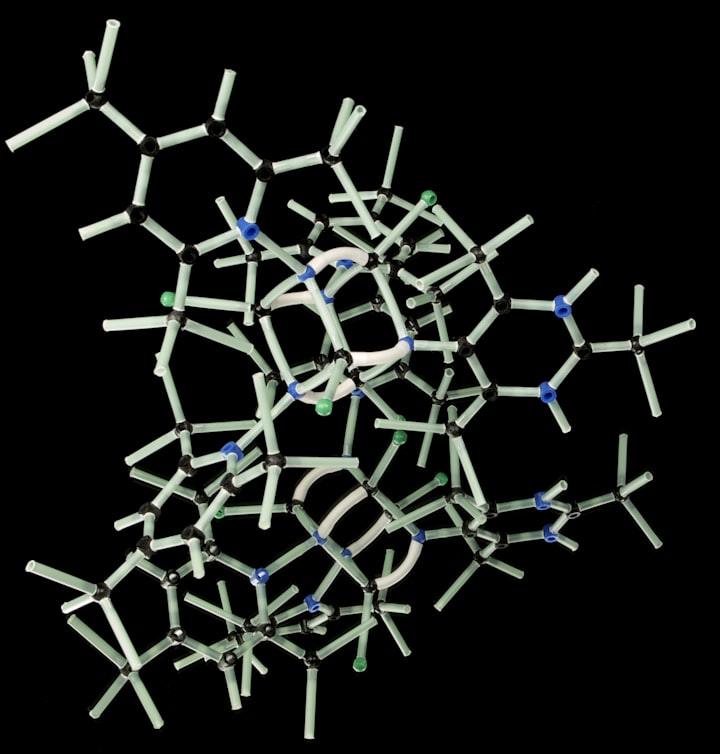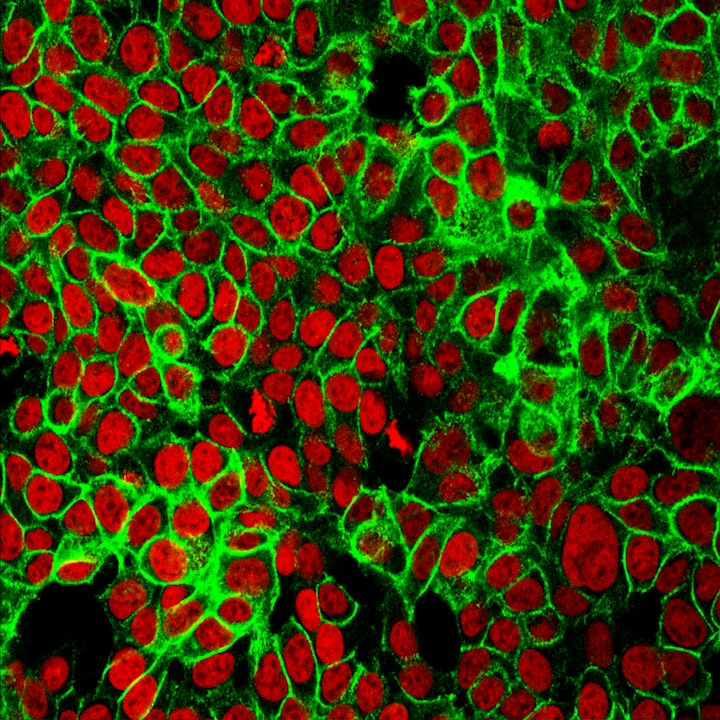Who First Harnessed the Power of Cathode Rays?
Uncover the invisible nature of cathode rays and the pioneering work of Julius Plücker and William Crookes in the vacuum tube.

The enigma surrounding the pioneering discovery of cathode rays has captivated scholars and researchers for decades.
The question of whether Julius Plücker or William Crookes was the true originator of this fundamental concept in physics remains a topic of heated debate.
The Race for Pioneering
The mid-19th century witnessed the companion discoveries of Julius Plücker and William Crookes, sparking an enduring debate about who truly first harnessed the enigmatic power of cathode rays.
This debate often stirs nationalist fervor, with various countries striving to claim credit for this milestone in scientific pursuit.
The Plücker Paradigm
Julius Plücker's pioneering experiments in 1858 unleashed a fluorescent spectacle within vacuum tubes by employing electromagnets to manipulate the gas within.
His work with Geissler tubes, pressurized to approximately 10^-3 atm, facilitated the observation of cathode rays' limited travel capabilities.
The William Crookes Conundrum
In parallel, William Crookes made significant headway in comprehending cathode rays.
His investigations further propelled the discourse on the invisible forces governing these enigmatic emissions, ultimately leading to his invention of the Crookes tube, a foundational prototype in the early exploration of cathode rays.
Invisible Enigmas
Cathode rays, by their very nature, occupy an enigmatic and invisible realm.
Composed of high-speed electrons, they evade direct perception by the human eye due to their ethereal essence.
The intricate dance of these subatomic particles within a vacuum tube manifests as an otherworldly spectacle that captivates the imagination yet eludes the naked eye.
The Chromatic Spectacle
In the ethereal expanse of a vacuum tube, the invisible symphony of cathode rays manifests as a vibrant, kaleidoscopic display.
This striking phenomenon, though invisible in its elemental form, emanates as a chromatic marvel that serves as a testament to the captivating enigma of cathode rays.
Unraveling the Enigma
As we grasp the profound contributions of Julius Plücker and William Crookes, the enthralling saga of cathode rays comes alive.
The invisible allure of these enigmatic emissions, intertwined with the enduring debate concerning their discovery, continues to beckon the intrepid minds of scientific enthusiasts.






